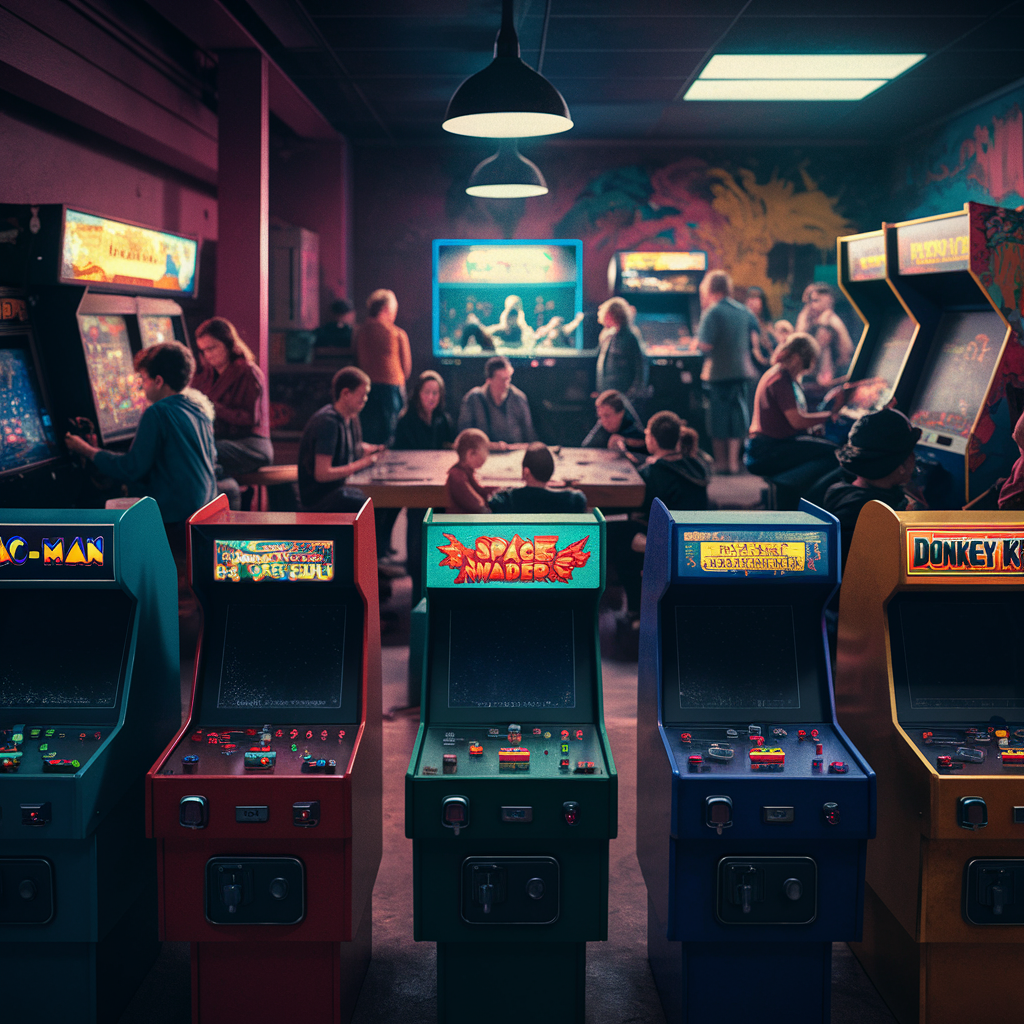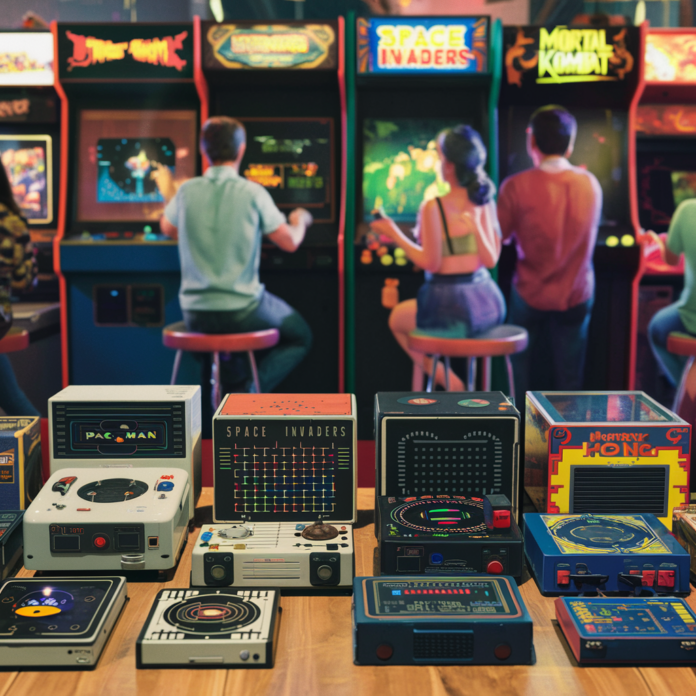Introduction
In an era where digital storefronts delist games and physical media deteriorates, TheGameArchives.com stands as a fortress protecting the legacy of video games. This comprehensive online repository is more than just a collection of ROMs and ISOs—it’s a meticulously curated museum of interactive entertainment, offering everything from obscure 8-bit prototypes to delisted modern masterpieces. Unlike typical preservation sites, TheGameArchives.com combines cutting-edge emulation with rich historical context, providing detailed developer interviews, behind-the-scenes design documents, and even multiplayer revival projects for abandoned online games. Whether you’re a nostalgic gamer, a researcher studying game design evolution, or a developer seeking inspiration from the past, this platform serves as an essential bridge between gaming’s golden age and its rapidly evolving future. This article explores the site’s unique approach to digital preservation, its ethical balancing act with copyright law, and its vision for safeguarding gaming culture against the threats of obsolescence and corporate neglect.
1. The Mission of TheGameArchives.com: More Than Just ROMs
TheGameArchives.com was founded on a radical principle: video games are cultural artifacts deserving the same preservation efforts as films, literature, and music. While many sites offer bare-bones ROM downloads, this platform distinguishes itself through scholarly curation. Each entry includes not only the game itself but also a wealth of supplementary materials—scanned instruction manuals, magazine reviews from the era, speedrun world records, and even fan-made mods that expand or reimagine the original experience. The site’s “Developer Insights” section features exclusive interviews with creators, revealing cut content and design philosophies behind classics like Chrono Trigger and System Shock 2. For rare prototypes, such as the infamous Bio Force Ape (an unreleased NES title), TheGameArchives.com collaborates with former programmers to reconstruct lost levels using recovered source code fragments. This commitment to contextual preservation has made the site a go-to resource for universities teaching game design, with institutions like MIT and DigiPen incorporating its materials into their curricula.
2. Resurrecting Lost Games: The Art of Digital Archaeology
One of TheGameArchives.com’s most remarkable feats is its ability to bring “dead” games back to life. When P.T. (the canceled Silent Hills demo) was removed from the PlayStation Store, the site’s team reverse-engineered a playable version using crowd-sourced gameplay footage and datamined assets. Similarly, their restoration of Star Wars: 1313 combines leaked concept art with AI-assisted animation to create an interactive documentary of what might have been. The process often involves:
- Data Recovery: Extracting code from decaying floppy disks, beta cartridges, and even developers’ old hard drives
- Community Collaboration: Crowdsourcing memories from players who experienced defunct MMOs like Marvel Heroes
- Ethical AI Tools: Using machine learning to reconstruct missing textures or audio based on existing assets
These efforts have preserved not just games but entire eras of gaming culture—from the FMV craze of the ’90s (Night Trap, Phantasmagoria) to the early days of online worlds (The Matrix Online).
3. Navigating Legal Gray Areas: Preservation vs. Piracy

TheGameArchives.com operates in a delicate legal space, balancing passionate preservation with respect for intellectual property. The site employs several safeguards:
Access Tiers
| Tier | Content | Requirements |
|---|---|---|
| Public | Abandonware (pre-1995) | None |
| Researcher | Commercially unavailable (e.g., Scott Pilgrim vs. The World) | Academic email |
| Restricted | Recent delistings (P.T., Marvel vs. Capcom 2) | Proof of prior ownership |
Additionally, the site follows a strict “Fair Use Four-Point Checklist”:
- Non-Commercial: No ads or paywalls for preserved content
- Historical Significance: Prioritizing games with design influence
- Obsolescence: Focusing on titles with no official distribution
- Community Benefit: Partnering with museums like the Strong Museum of Play
This approach has earned quiet support from some industry veterans, including ex-Sega developers who’ve contributed unreleased Dreamcast prototypes.
4. The Future of TheGameArchives.com: VR Exhibits and Beyond
Looking ahead, the site plans to revolutionize how we experience classic games:
- Virtual Reality Archives: Explore a digital recreation of a 1980s arcade, with fully playable cabinets
- AI-Powered Restoration: Neural networks that predict and recreate cut content from design docs
- Blockchain Verification: Immutable records proving the authenticity of rare builds
As cloud gaming and subscription services make ownership ephemeral, TheGameArchives.com stands as a guardian of gaming’s tangible history—ensuring future generations can experience these works as their creators intended.
Conclusion
TheGameArchives.com is more than a website; it’s a cultural movement fighting against the digital decay threatening gaming history. By combining cutting-edge technology with scholarly rigor and community passion, it offers a blueprint for how we might preserve interactive art in an age of disposable media. As the site’s motto declares: “Games don’t expire—we just forget how to play them.” In rediscovering these lost treasures, TheGameArchives.com ensures that the creativity, innovation, and joy of gaming’s past remain alive for generations to come.



